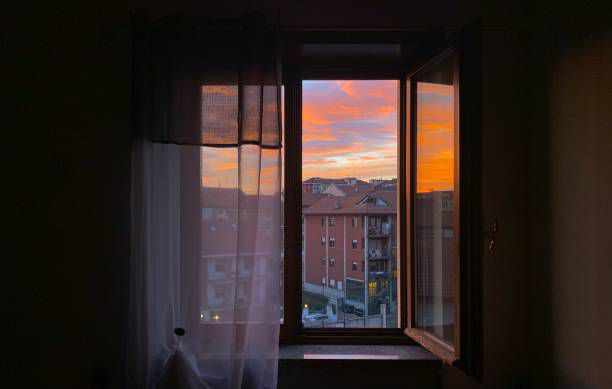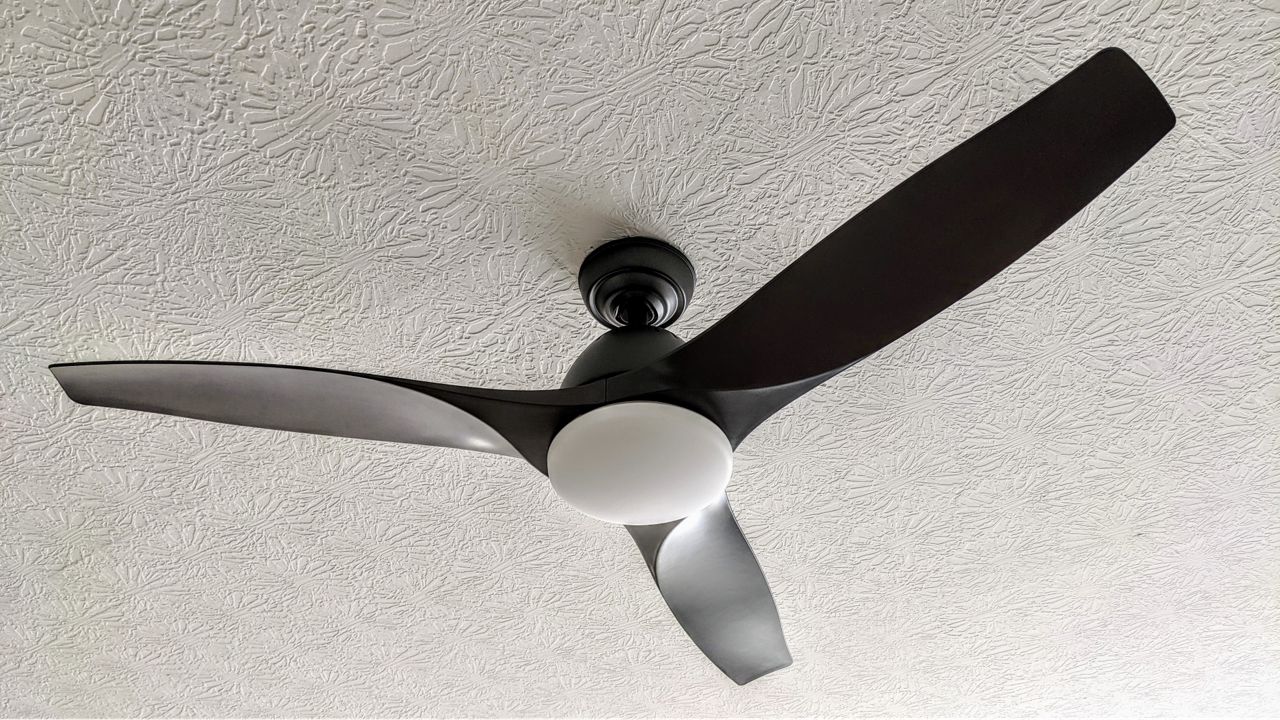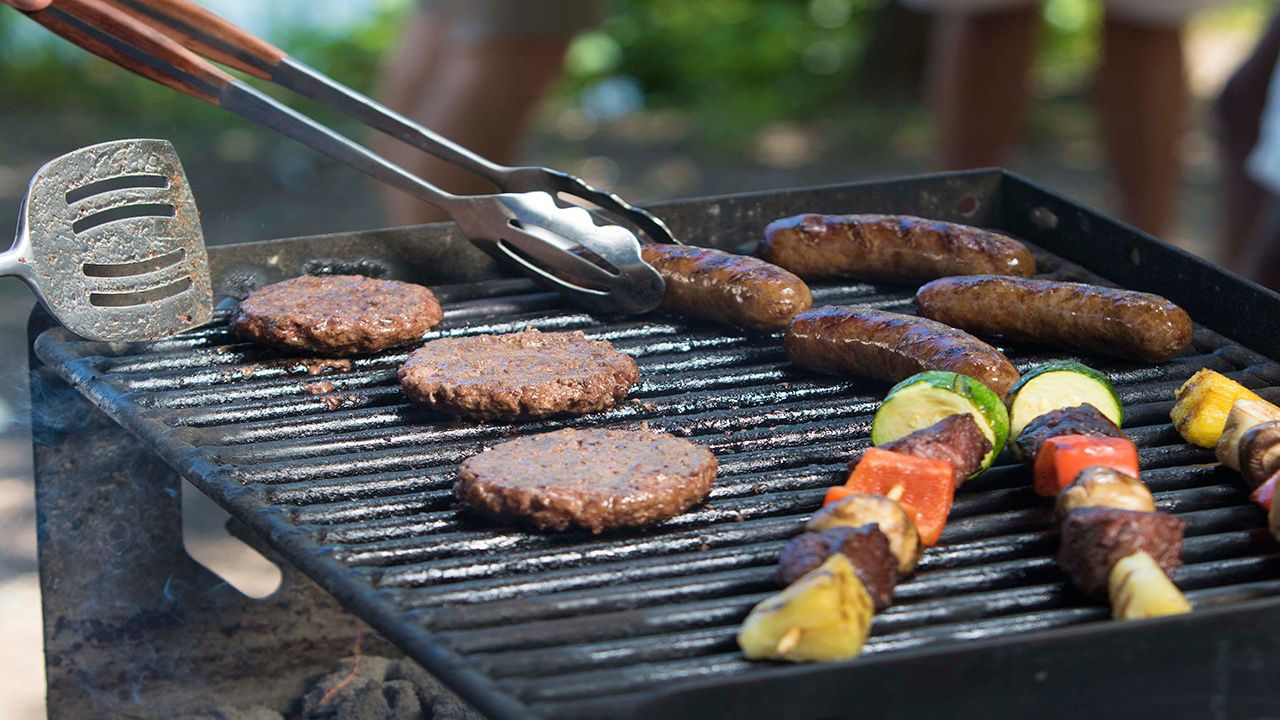When the summer heat returns, many people turn to their air conditioners for relief. But what about those without A/C?
What You Need To Know
- Keeping the curtains closed during the day reduces solar heating in your home
- Open the windows up after sunset to let cool air in at night
- Make sure your ceiling fan spins counterclockwise
- Avoid using appliances such as the washer, dryer and oven during peak heating
For those without A/C, the heat can be burdensome. Luckily, there are a number of cost-effective ways to prevent your home from getting too hot.
Cover the windows
Drawing the curtains or closing the shades when the sun is shining is a simple way to minimize daytime heating in your home.
Blackout, light reducing and thermal insulated window treatments are proven to be more effective at keeping the heat out than their sheer counterparts.
Another option is to apply a temperature control window film. Some films come with the promise of reducing solar heat in your home by almost 80%.
Open the windows at night
When the sun sets, and the temperature drops, you should capitalize on the nightly cool down.
Opening windows will allow the cooler air into your home and if you’re able to create a cross breeze, you can get that cooler air in faster.
Even if the layout of your home isn’t ideal for creating a cross breeze, by placing a fan in the window to blow the cooler air in is just as good, if not better.
Getty Image
Check your ceiling fans
In order to benefit from the cool breeze that a ceiling fan provides, make sure your fan spins counterclockwise.
A clockwise-spinning fan will not only lack that desired breeze, but it will also circulate the warm air down and mix it throughout the room.
Strategically plan appliance use
Appliances such as the dishwasher, oven, washing machine, dryer and vacuum emit heat when in use.
Try to avoid using these during peak heating of the day.
Making small changes such as doing laundry at night, vacuuming on a cooler day or cooking out on the grill can stop your thermostat from rising quickly.
Whether you’re able to implement just a couple of these strategies or all of them in tandem, there’s no question that you’ll be able to stay a little cooler during the next surge of summer heat.



